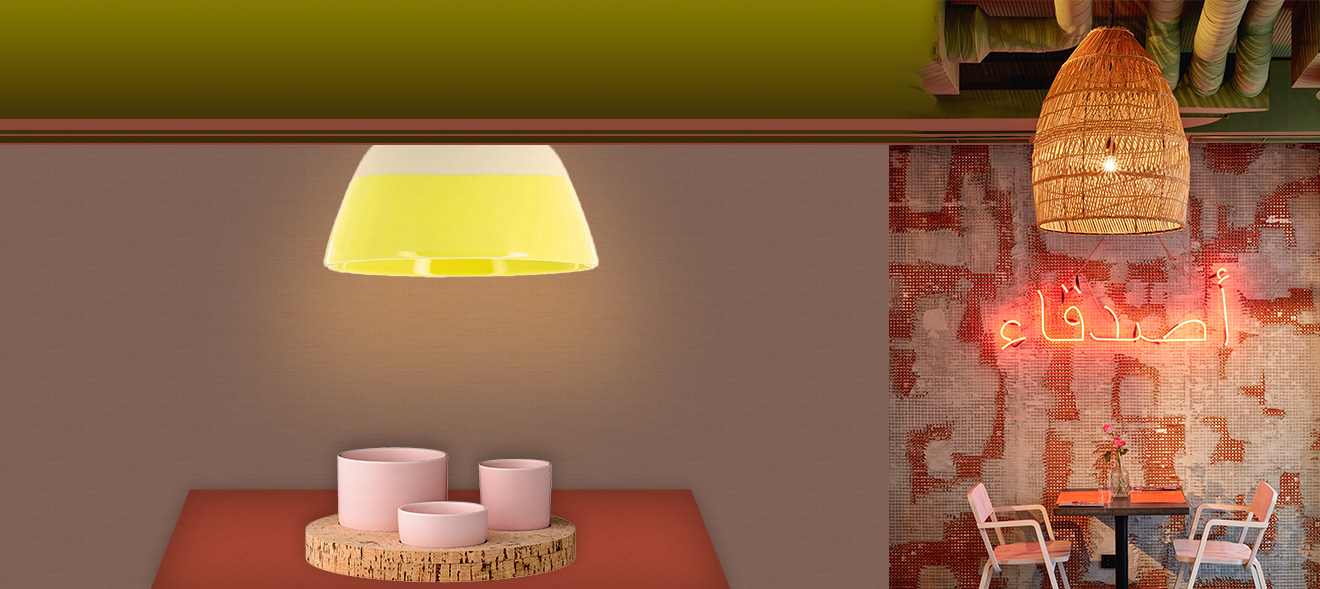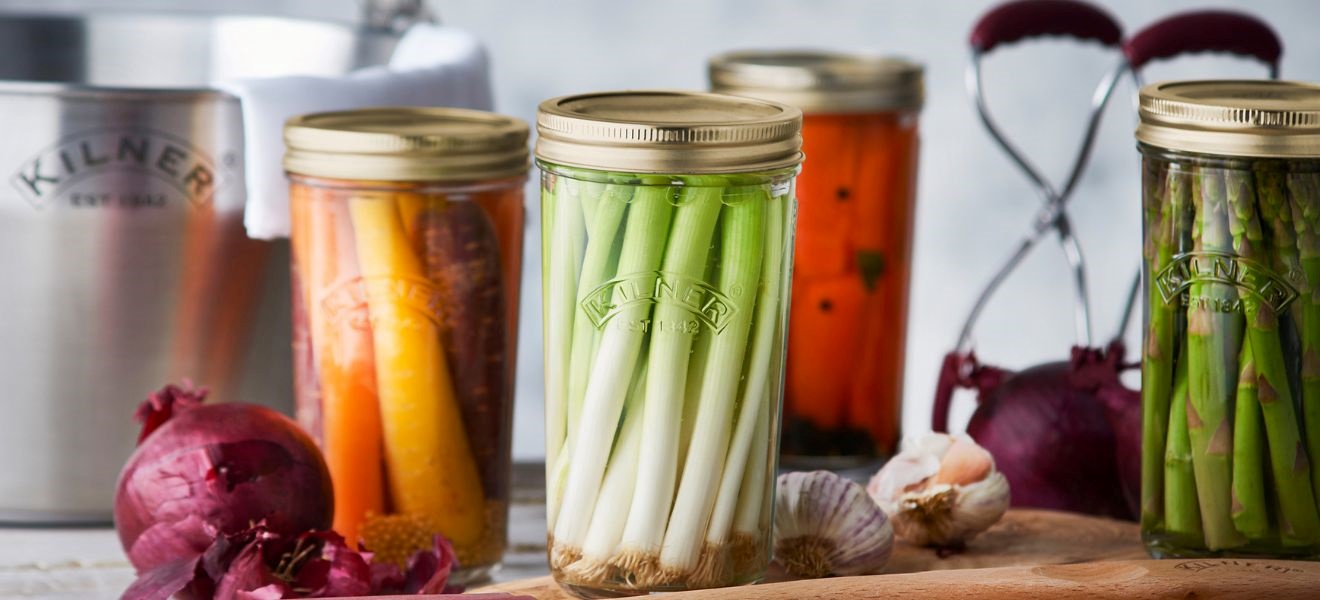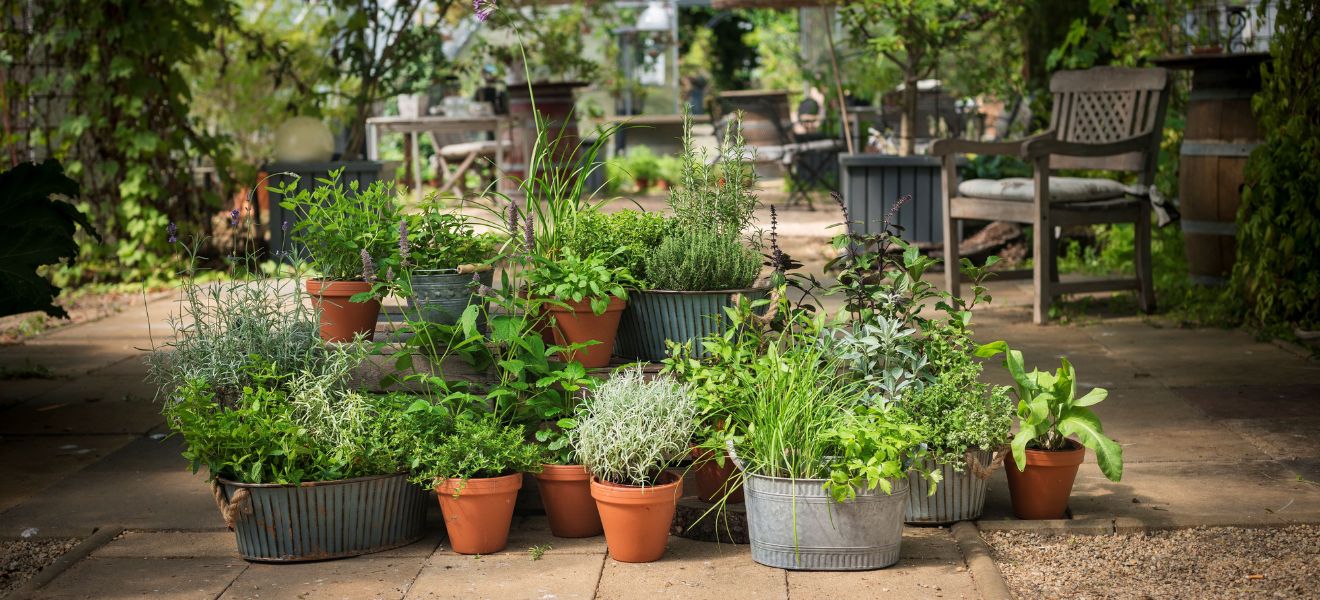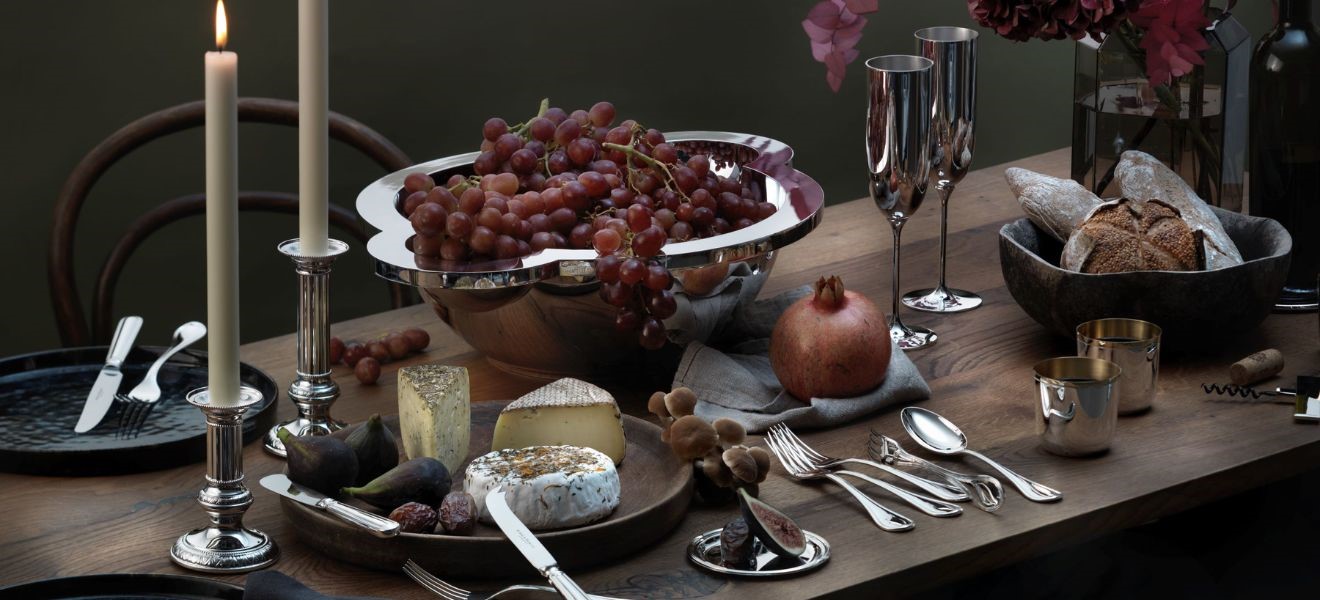It worked at the Last Supper… a shared meal is a short moment of piece. In recent years, eating has almost become a new religion. The motto ‘you are what you eat’ has never been more apt: vegans, paleo dieters and clean eaters know food can be an intrinsic part of your identity. The new food culture is seen not only in the wide range of novel foods, restaurants and cookery schools, but also in social media. The way we communicate about food now seems just as important as the food itself. A study by IKEA states that 6 out of every 10 social media posts relate to food. A classical Instagram post displays a bowl of quinoa adorned with grains and flowers. This represents the new way of sharing food with others – though only digitally.


The new luxury
To further enhance your eating pleasure, try dining with friends and family in real life. It provides a chance to talk, learn, share thoughts and enjoy the experience together. Futurologists state that spending time with friends is the new luxury, the one thing which stressed individuals yearn for nowadays. It might comprise a spot of urban gardening round the corner, partying with neighbours or sitting down for a meal with friends – we all seek out others who share our values.

2 Bowl by Costa Nova
3 Bowl by blomus
4 Bowl by Fuga Russia
5 Plate by Degrenne Paris
6 Plate by Nonna Peppy
7 Plate by Dottir
8 Bowl by Bizzirri
Sharing a meal creates an occasion at which our lives can converge, although they may otherwise be far apart. The key is its simplicity: anyone can prepare a meal, everyone wants to eat, and we all enjoy doing so. Sitting round a table to share a tasty meal, presented in a variety of dishes from which to create your individual plates, generates a temporary togetherness which is all the more important now that we are so often alone. We’ve never dined out with friends, acquaintances and colleagues as much as we do now, although cooking together at home is also still popular. In order to eat together, the atmosphere needs to be peaceful. Sharing a meal means sharing a moment’s peace – and who doesn’t need that these days?

Sharing a meal has long held symbolic importance for creating a sense of community. When Jesus of Nazareth brought his disciples together for the Last Supper, he broke bread and said: “Take, eat; this is my body.” He was symbolically giving of himself by sharing food with the others. We’ve learned that when we do the same, we forge a deep connection.

Middle Eastern cuisine
Just like the location of the Last Supper, the origin of one of the most popular cuisines of recent years is the Middle East. Is this pure coincidence? Perhaps not. In Jerusalem, three Abrahamic religions come together, as well as the cuisines of Europe, North Africa and the Middle East. It’s also where Yotam Ottolenghi and Sami Tamimi are from. Ottolenghi is chef at London’s fine dining establishment Nopi and worked with Tamimi on a cookbook called ‘Jerusalem’ using ingredients from this melting pot of a city: the book has been a top seller for several years. The cookbook not only showcases traditional dishes such as shakshuka and tabbouleh but is also rounded out by stories from the local culture and society. While reading the book one might wish that the peaceful coexistence of Arab and Israeli dishes could work likewise in normal relations.
Middle Eastern cuisine is rich in vegetables, aromatic spices and complex combinations, and has become the foodie’s new favourite. One key feature of this type of cooking are the small mezze dishes which, like Spanish tapas, can be eaten as starters or between courses. The word mezze features in many of the local languages and derives from the Farsi mazze, meaning taste or snack (from mazīdan, to taste). These dishes are perfect for sharing, even at the classy restaurant Nopi. It is customary to dip your flatbread in baba ganoush (aubergine and sesame paste), pick from the beetroot and goat’s cheese salad or nibble on a falafel or dolma (filled vine leaf). Everything is served in dishes and on plates spread across the table, so everyone can try a bit of everything. The result is a bold, bright mix-and-match table setting: it can be minimalist or decorated, made of porcelain or stoneware, in white, pink or blue. One look is enough to whet your appetite.

2 Bowl by Miyazaki Co.
3 Bowls by Aerts NV
4 Bowls by Koziol
5 Punch pot by Bohemia Cristal
6 Bowl by ASA Selection
We have seen this marvellous Arab-Israeli fusion food popping up in many cities around the globe. In Berlin alone over a dozen new restaurants have opened to offer this cuisine, including Benedict, Feinberg’s, Hummus & Friends, Milo and Yafo to name but a few. In Frankfurt, the new Bar Shuka at the 25hours Hotel now offers mezze meals.


Stay together
Fusion food doesn’t always have to be an Arab-Israeli fusion but can span other cultures. Artists from the Frankfurt Städelschule established „Die Freitagsküche” in 2004 as a way of meeting up with friends and colleagues once a week. These Friday gatherings have developed into what you could call happenings, as there’s a lot more going on here than just eating. There’s always a different artist on cooking duty, making whatever food they like. There is no tradition, convention, rule, recipe or etiquette. The main focus is on enjoyment and the diners’ satisfaction. That’s what really counts: the experience of eating until you are full, in good company. Bon appétit!


Community tables – the new trend
Conventional tables are just not big enough for the new sense of community dining. “Sharing dishes” need a different type of seating arrangement in hotels, restaurants and cafés – more private, more intimate and at the same time more open. The classic division into tables for two, four or six people is no longer wanted. More and more often, guests sit down at a “community table” where food and conversation are enjoyed equally. This form of dining encourages guests to get to know each other and strike up conversations. It’s the modern way of breaking bread together.










